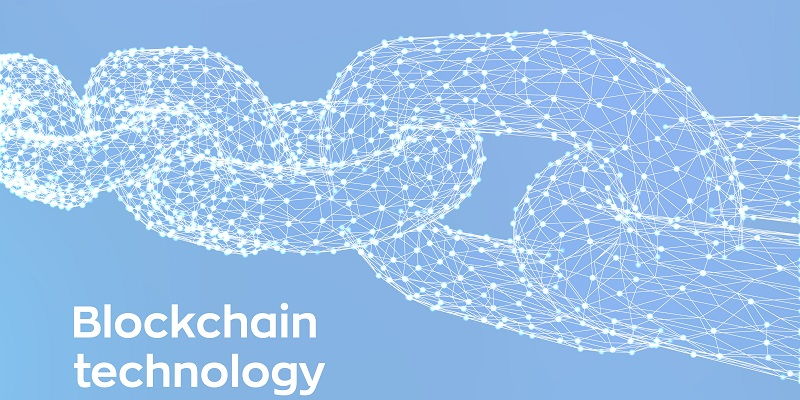In the ever-evolving world of finance and technology, blockchain payment gateways have emerged as a transformative force. They serve as the crucial link between traditional fiat currencies and the burgeoning realm of cryptocurrencies, offering a seamless transition for individuals and businesses alike. This article delves into the concept of blockchain payment gateways, exploring their role, advantages, and impact on the global financial landscape.
Definition and role of blockchain payment gateways
Blockchain payment gateways can be defined as technology-driven intermediaries that facilitate transactions between customers and merchants, ensuring secure, efficient, and seamless payments. With cryptocurrencies like Bitcoin, Ethereum, and Litecoin gaining immense popularity in recent years, these gateways act as essential connectors between the crypto world and the conventional financial system.
Payment Gateways
One of the primary advantages of blockchain payment gateways is their ability to enhance transaction efficiency and security. Through the use of immutable blockchain technology, gateways ensure that transactions are securely recorded and verified, reducing the risk of fraud and providing a transparent payment ecosystem. Furthermore, these gateways allow for the swift settlement of transactions, eliminating the need for intermediaries and lengthy processing times associated with traditional payment methods.
Bridging the Gap
While cryptocurrencies have gained significant traction, they still face challenges in becoming truly mainstream. To bridge this gap, blockchain payment gateways come into play. By enabling individuals and businesses to seamlessly transact between traditional currencies and cryptocurrencies, these gateways provide the necessary bridge to integrate the crypto world into existing financial systems.
Global Accessibility through Crypto Payment Gateways
Another distinct advantage of blockchain payment gateways is their promotion of global accessibility. Traditional financial systems can be limiting, especially for individuals and businesses in developing countries or regions with restricted access to banking services. Crypto payment gateways democratize financial access, enabling individuals worldwide to participate in the digital economy and conduct cross-border transactions efficiently and cost-effectively.
Crypto Payment Processors
At the heart of the blockchain payment gateway ecosystem are crypto payment processors. They act as intermediaries between the buyer, the gateway, and the seller, ensuring seamless processing and conversion of funds between fiat currencies and cryptocurrencies. Crypto payment processors play a crucial role in maintaining liquidity, managing risks, and ensuring regulatory compliance, making them integral to the smooth functioning of blockchain payment gateways.
Blockchain Payment Gateways
These gateways are poised to become an integral part of the global financial landscape, offering a seamless transition between traditional and digital currencies. As more individuals and businesses embrace cryptocurrencies, the demand for secure, efficient, and easy-to-use payment gateways will continue to rise. With ongoing advancements in blockchain technology and increased regulatory support, these gateways will foster the adoption of cryptocurrencies and drive financial inclusivity on a global scale.
Blockchain payment gateways have emerged as a transformative force, bridging the gap between traditional and digital currencies. With their ability to enhance transaction efficiency and security, promote global accessibility, and integrate cryptocurrencies into the conventional financial system, these gateways are at the forefront of the financial revolution. As the world continues to embrace the possibilities of digital currencies, blockchain payment gateways will play a pivotal role in shaping the future of finance.

